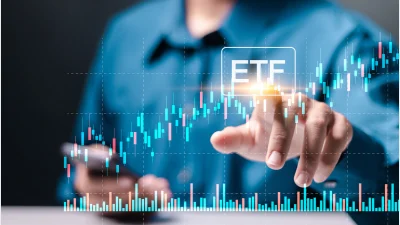Embrace blocs instead of BRICS



Emerging market investors should steer towards country blocs that perform similarly as the macro environment develops rather than sticking to the "flawed" BRICS concept, a global strategist opined.
Investect Asset Management global strategist Dr Michael Power said by clubbing countries with similar economic traits, investors could get a better feel of how markets react to the movement of the "two tides", and prepare themselves against volatility.
The two tides are liquidity, governed by the ‘American moon' and commodities, ruled by the ‘Chinese moon'.
"There are four main blocs within the emerging markets asset class, and they are not a matter of geography," Power said.
"It's more useful to firstly distinguish between whether a country tends to run a current account deficit or surplus, and secondly whether it is primarily a commodity or manufactured goods exporter."
Power placed Australia, Canada, and New Zealand in the north-west, and said the western bloc countries have ties with global liquidity, while the northern bloc is tied to the commodity cycle.
"For instance, 2011 saw the high tide for commodities coincide with strong liquidity flows from quantitative easing. This was ideal for the north-west bloc, with both the Brazilian real and Australian dollar reaching their peak values," he said.
Recommended for you
Clime Investment Management has sold a portion of its retail client book to an external financial planning practice for $1.6 million in its latest cost-out move.
In his inaugural address as L1 Group chief executive, Julian Russell has outlined his vision and priorities for the newly-merged $16.7 billion business but warned fund outflows will continue for 18 months.
Ten Cap has announced it will launch its first active ETF on the ASX later this month, expanding retail access to its flagship Australian equities strategy.
Flows into cash and fixed income ETFs rose by 46 per cent in October with investors particularly demonstrating a preference for Australian credit ETFs as they move away from AT1 bank hybrids.












